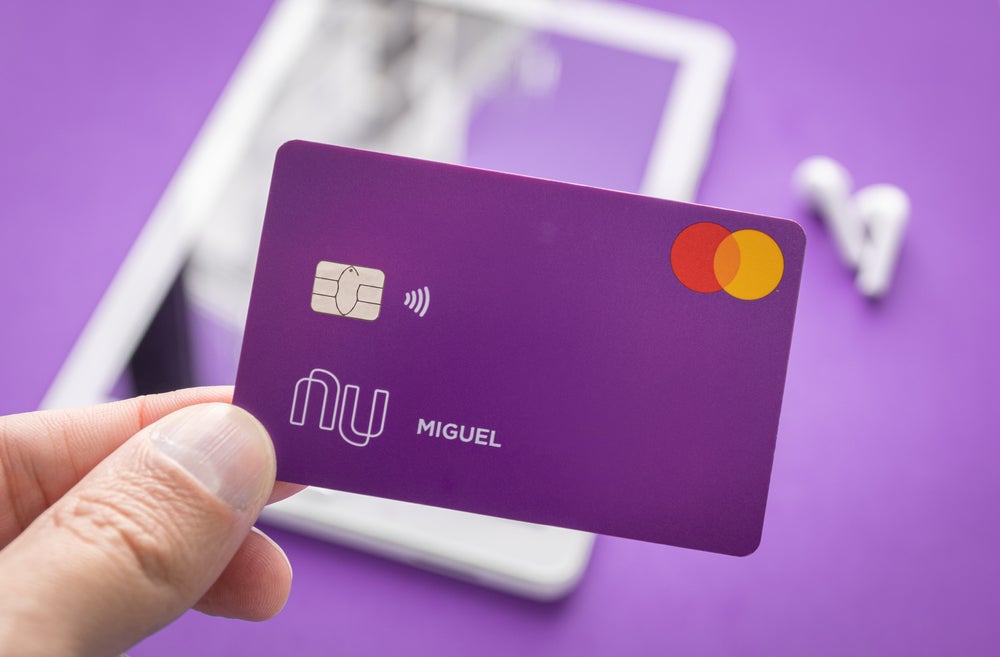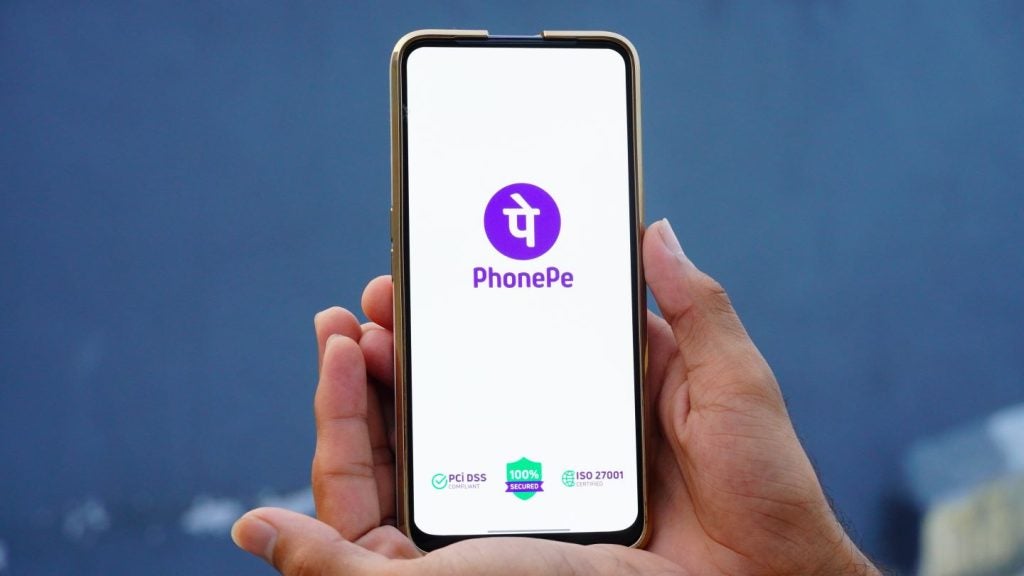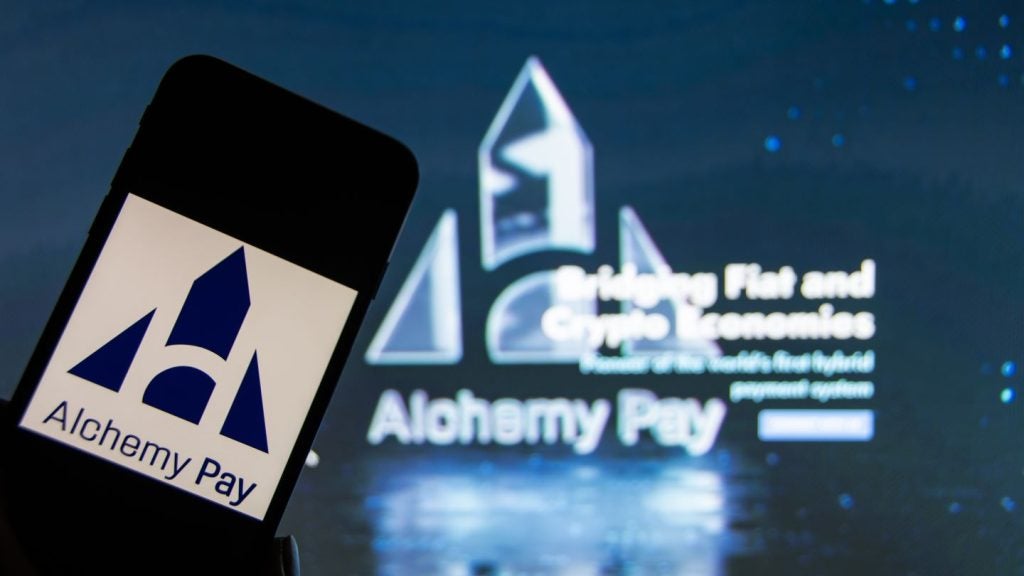
Money may make the world go around, but physical cash is increasingly becoming a thing of the past. Touchable dosh has been on its way out for years thanks to the advent of contactless payments, credit cards and digital banking.
Market watchers congregate around the alter of the cashless society, believing that coins and bills have no place in the future. They don’t think there will be any physical banking branches either for that matter.
Analysts made the same prediction that the bank of the future will be digital and cashless in a recent podcast with research and analysis firm GlobalData.
“We expect the bank of the future to be invisible,” Beyza Karakoy, thematic analyst at GlobalData, said. “And what this means is that banking will predominantly be accessible through digital channels, including super-apps and wearables.”
A sign that the bank of the future could be entirely digital is the fact that countries around the world are ditching physical money.
Long time coming
The notion that the world is becoming increasingly cashless is nothing new. Contactless payments, online shopping and electronic transactions have been around for years – and their ubiquity is only set to grow. The planet is increasingly breaking up with old-fashioned money, for better and for worse.
Scandinavia is leading this push. Only a shrinking minority of transactions are made with physical money in the region. Sweden has been close to cashless for years. In Norway, only 4% of all transactions are made with physical money.
Not all developed nations have embraced the idea of throwing physical money at the wayside with the same fervour.
The UK has been particularly sluggish when it comes to ditch dosh. This may shock some who consider it the fintech powerhouse of the world. However, the fact of the matter is that 17% of all transactions in 2020 were made with cash. To be fair, that is still a massive drop from the 70% recorded in 2010, but still way above similar numbers in the Nordics.
The pandemic accelerated the push towards the cashless society. The combination of social restrictions and a fear of spreading the contagion by touching contaminated bills saw businesses rush to introduce contactless payment alternatives. This push is only set to grow, Karakoy said.
“Cash will continue to decline globally in favor of electronic payments for everyday transactions and we expect most markets to be functionally cashless by 2030,” Karakoy said.
She expected Asian countries who have leapfrogged credit cards and gone straight to digital solutions will lead the charge, but European nations are expected to follow suit.
Not everyone is happy about ditching dosh
Some people worry about cash payments being banished to the past. While it would be easy to label them as Neo-luddites clinging to the past, their concerns shouldn’t be shrugged off lightly.
The fear that removing physical money would hurt the poorest and the most vulnerable the worst is anchored in a harsh reality.
The dash away from cash could leave 11.5 million people in the UK behind, a report from ATM network Link warned in March 2022. The alarmed authors worried that bank branch closures and the digitalisation of retail could leave vulnerable people who are at risk of spiralling into debt, becoming isolated from others or losing trust in the financial system altogether.
Similar warnings have been raised by the likes of consumer advocacy group Which? and different market stakeholders.
Experts have also linked the push to remove physical money to a growing risk of financial fraud.
Despite industry stakeholders’ assurances that no one will be left behind, Karakoy urged governments to ensure that the poor and vulnerable aren’t abandoned at the roadside.
“[Governments] will have to provide solutions for people that can’t access the electronic economy,” she said. “An incentive to shift to cashless societies is that it will reduce the size of the black market and governments will increasingly explore and develop central bank digital currencies to tackle this.”
The digital bank of the future
Challenger banks have spearheaded the drive towards the cashless society. Revolut, NuBank and KakaoBank are just three examples of neobanks that have abandoned physical branches. Instead, they exists solely in the digital realm.
They are only the beginning. Incumbent players like JP Morgan and Goldman Sachs. Not that all these results have been great successes: RBS’ so-called “Monzo killer” Bo imploded after just a few months after a flurry of setbacks and public snafus.
The conclusion, according to GlobalData’s analysts, is that the bank of the future is digital.
“By 2030 we expect banking to be centered around the smartphone,” Karakoy said.
“Shopping features integrated within social media platforms are widely used by millennials and Gen Z and are driving mobile commerce. Social commerce and mobile commerce will continue to fuel the widespread adoption of mobile wallets.
“The value of global mobile wallet transactions is expected to reach $140tn by 2030 and we expect mobile wallets to be the preferred method of payment.
GlobalData is the parent company of Verdict and its sister publications.







